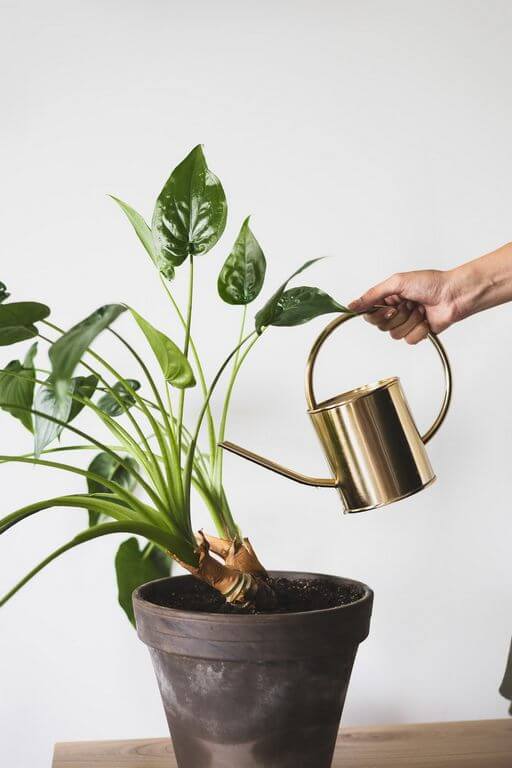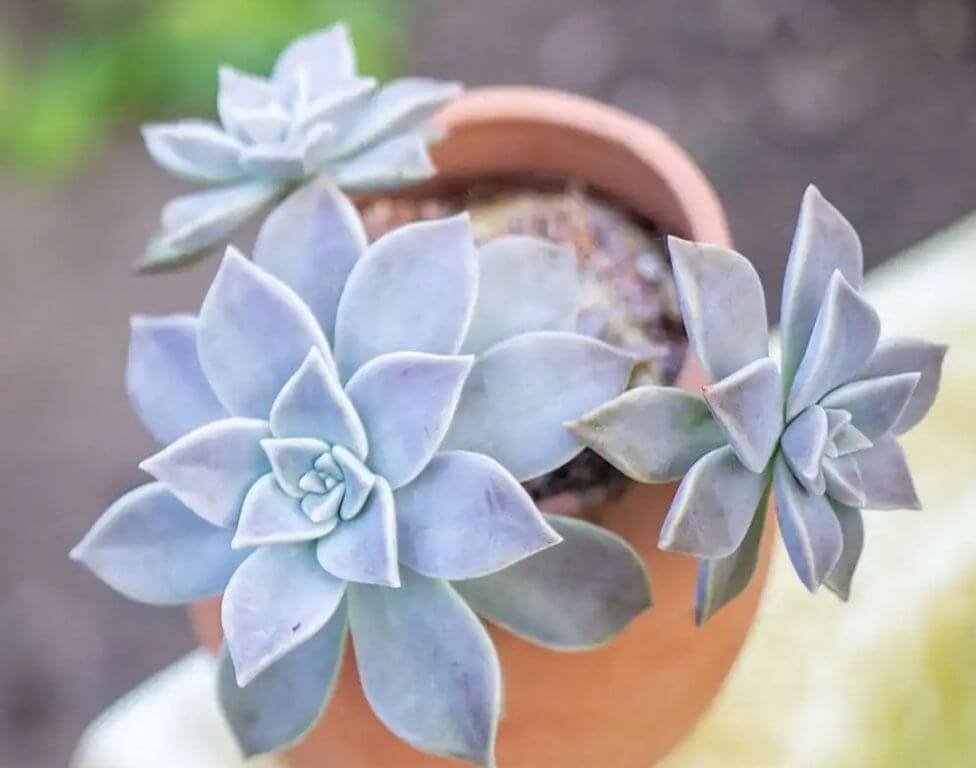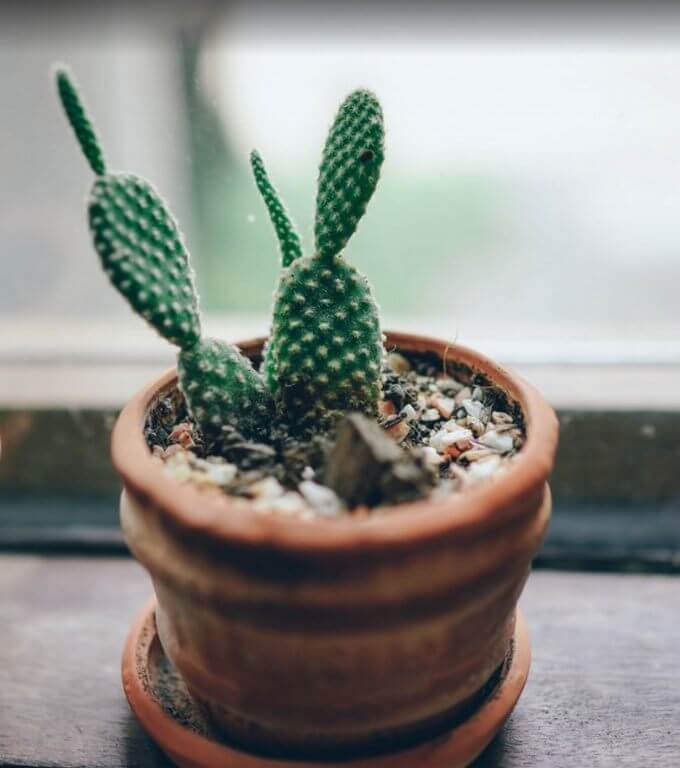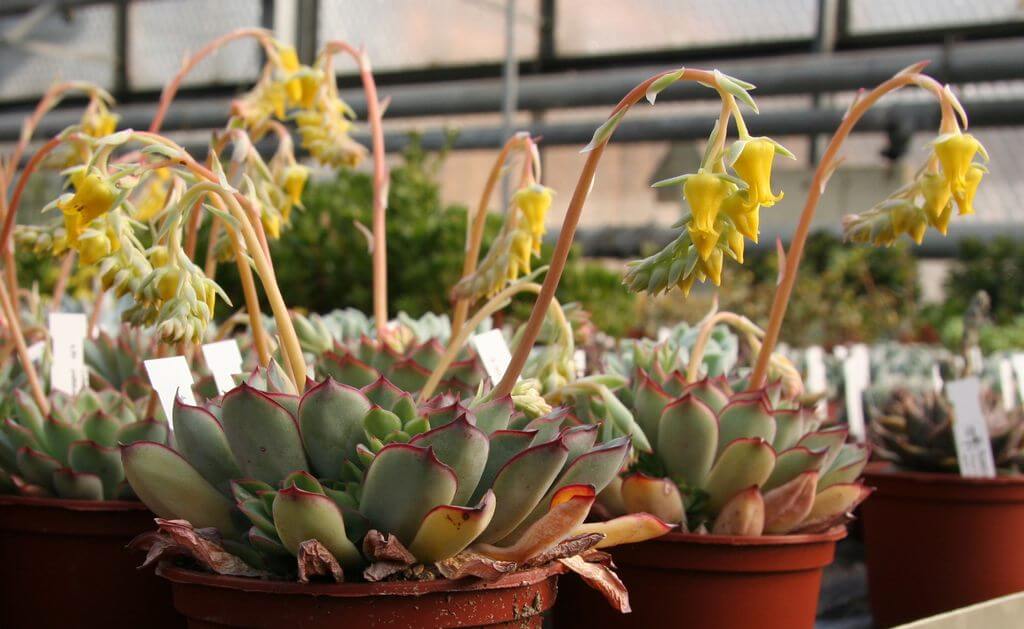Do succulents like humidity? No, most succulents do not like high humidity and prefer arid conditions with humidity levels between 10-20%. This is a question that often perplexes both novice and experienced succulent owners. Understanding the relationship between succulents and humidity is crucial for the health and longevity of these unique plants. In this comprehensive guide, we will delve into the science, the myths, and the practical tips to ensure your succulents thrive, regardless of your local climate.
Table: Key Takeaways
| Topic | Key Point |
|---|---|
| Humidity Basics | Ideal levels for succulents are between 10-20%. |
| Common Problems | High humidity can lead to root rot and fungal infections. |
| Exceptions | Some succulents like Agave and Aloe can tolerate higher humidity. |
| Management Strategies | Use the “Soak and Dry” method, improve air circulation, and choose well-drained soil. |
What is Humidity?
Humidity is the measure of water vapor present in the air. While it’s a term often thrown around in weather forecasts, its implications for plant care are profound. For most houseplants, a humidity level of around 50% is considered ideal. But what about succulents?
Succulents are a different story altogether. Originating from arid regions, these plants have adapted to thrive in conditions where water is scarce. The ideal humidity level for succulents hovers around 10-20%. Anything higher can lead to a range of problems, from root rot to fungal infections.
Table: Ideal Humidity Levels for Plants
| Type of Plant | Ideal Humidity Level |
|---|---|
| Houseplants | Around 50% |
| Succulents | 10-20% |
The Science Behind Succulents and Humidity
Succulents are native to arid regions like deserts, where water is a luxury rather than a given. Their unique physiology allows them to store water in their leaves, stems, and roots, making them remarkably resilient to drought. But what happens when you place a succulent in a high-humidity environment?
High humidity hampers the soil’s ability to evaporate water. This can lead to waterlogged soil, which is a breeding ground for root rot. Additionally, high humidity levels can trigger fungal infections in succulents, such as black mold and leaf spots.
Fact: Succulents have specialized cells called “parenchyma cells” that store water, allowing them to survive long periods without hydration.
List of Common Fungal Infections in Succulents
- Black Mold
- Grey Mold
- Leaf Spots
Real-World Examples: California’s Climate and Succulents
California is often considered a paradise for succulent plants, particularly in cities like San Diego, Los Angeles, and San Jose. If you’ve ever driven through these areas, you’ve likely marveled at the “juicy views” of succulents thriving in front yards, botanical gardens, and even along highways. But what is it about California’s climate that makes it so ideal for these plants?
California’s coastal areas offer warm summers and frost-free winters, creating an environment where succulents can flourish year-round. The state does have a ‘rainy season’ between November and March, but the rainfall is generally gentle and doesn’t adversely affect outdoor succulents.
Table: Climate Conditions Favorable for Succulents
| Climate Factor | Ideal Condition for Succulents |
|---|---|
| Temperature | Warm, frost-free |
| Rainfall | Minimal to moderate |
| Humidity | Low (10-20%) |
Common Problems Caused by High Humidity (Expanded)
When succulents are subjected to high humidity, they can experience a range of issues that are not only detrimental but can also be fatal if not addressed. Here’s a more comprehensive look at the problems caused by high humidity:
Root Rot
High humidity levels can cause the soil to remain waterlogged for extended periods, leading to root rot. This condition is often fatal if not addressed promptly. Root rot is a silent killer; by the time you notice the symptoms, it might be too late. The roots turn brown and mushy, losing their ability to absorb nutrients and water.
Fungal Infections
Excess moisture in the air can lead to fungal growth on the leaves and stems of the plant. Common fungal infections include black mold, grey mold, and leaf spots. These infections can spread rapidly and may require you to isolate the affected plant to prevent cross-contamination.
Reduced Growth and Leaf Drop
Succulents may also exhibit stunted growth when exposed to high humidity. The plant’s leaves may start to drop, and new growth may be minimal or non-existent. This is a sign that the plant is under stress and is diverting its energy to survival rather than growth.
Pest Infestations
High humidity levels can also attract pests like gnats and spider mites. These pests can further damage your succulents by feeding on the leaves and stems, exacerbating the plant’s already weakened condition.
List of Signs Your Succulent is Affected by High Humidity
- Leaves turning yellow or translucent
- Soft, mushy stems
- Foul smell emanating from the soil
- Visible mold on leaves or soil
- Presence of pests like gnats and spider mites
Table: Solutions to Common Humidity-Related Problems
| Problem | Solution |
|---|---|
| Root Rot | Repot in well-draining soil; reduce watering frequency |
| Fungal Infections | Apply fungicides; isolate affected plants |
| Reduced Growth | Move to a lower-humidity environment |
| Pest Infestations | Use insecticides or natural remedies like neem oil |
Do All Succulents Hate Humidity?
While it’s true that most succulents prefer arid conditions, it would be a mistake to assume that all succulents despise humidity. In fact, there are several types of succulents that can tolerate or even thrive in more humid environments.
Exceptions to the Rule
- Agave: Known for its rosette shape and spiky leaves, Agave can tolerate higher humidity levels.
- Aloe: A popular succulent that’s as useful as it is beautiful, Aloe can adapt to a variety of humidity conditions.
- Jade Plants (Crassula Ovata): These are hardy plants that can withstand more humid conditions than most other succulents.
- Elephant Bush (Portulacaria Afra): This succulent can adapt to both dry and humid environments, making it quite versatile.
- Zebra Plants (Haworthia Attenuata): Recognizable by their striped leaves, these plants are more forgiving of higher humidity levels.
Table: Succulents That Can Tolerate Higher Humidity
| Succulent Type | Humidity Tolerance Level |
|---|---|
| Agave | Moderate to High |
| Aloe | Moderate to High |
| Jade Plants | Moderate |
| Elephant Bush | Moderate |
| Zebra Plants | Moderate |
Tips for Growing Humidity-Tolerant Succulents
- Monitor Humidity Levels: Even humidity-tolerant succulents have their limits. Use a hygrometer to keep track.
- Adjust Watering Schedule: These succulents may require less frequent watering compared to those in arid conditions.
- Provide Good Air Circulation: Ensure that the plants are placed in an area with good air flow to prevent fungal infections.
How to Manage High Humidity Conditions
If you find yourself in a high-humidity environment but still want to indulge in the joy of growing succulents, don’t despair. There are several strategies you can employ to create a more hospitable environment for your plants.
Watering Techniques: The “Soak and Dry” Method
The “Soak and Dry” method involves thoroughly watering the soil and then allowing it to dry out completely before the next watering. This mimics the natural rainfall patterns of arid regions and helps to prevent root rot.
Improving Air Circulation
Good air circulation is crucial in high-humidity conditions. Place your succulents near open windows, or use fans to improve air flow. This helps in quicker soil drying and reduces the risk of fungal infections.
Using Artificial Light
In regions with high humidity, the sky is often overcast, leading to insufficient natural light. Using artificial grow lights can help provide the light spectrum necessary for healthy growth.
Importance of Well-Drained Soil
Well-drained soil is non-negotiable for succulent health. Consider using a cactus or succulent mix, which is formulated for quick drainage.
List of Items to Manage High Humidity
- Hygrometer for monitoring humidity levels
- Fans or air circulators
- Artificial grow lights
- Cactus or succulent soil mix
Table: Managing High Humidity Conditions
| Management Technique | Why It’s Important |
|---|---|
| Soak and Dry Method | Mimics natural rainfall, prevents root rot |
| Air Circulation | Speeds up soil drying, reduces fungal risk |
| Artificial Light | Compensates for lack of natural light |
| Well-Drained Soil | Essential for preventing waterlogged conditions |
Tools and Products to Help Manage Humidity
Managing humidity for your succulents doesn’t have to be a daunting task. There are various tools and products available that can make this easier and more efficient.
Humidity Meters (Hygrometers)
A hygrometer can provide real-time data on the humidity levels in your home or garden. This is invaluable for adjusting your care routine as needed.
Fans and Air Circulators
These can be particularly useful in enclosed spaces like apartments. They help to circulate air and can significantly reduce humidity levels.
Special Soil Mixes
There are soil mixes specifically designed for succulents and cacti. These soils have excellent drainage properties, which is crucial in high-humidity environments.
Artificial Grow Lights
For those living in areas with less natural sunlight due to overcast conditions often associated with high humidity, artificial grow lights can be a lifesaver.
List of Recommended Products
- ThermoPro TP49 Digital Hygrometer
- Honeywell HT-900 TurboForce Air Circulator Fan
- Miracle-Gro Cactus, Palm & Citrus Potting Mix
- GE BR30 Full Spectrum LED Grow Light
Table: Recommended Tools and Their Uses
| Tool/Product | Use-Case |
|---|---|
| Digital Hygrometer | Monitoring humidity levels |
| Air Circulator Fan | Improving air circulation |
| Special Soil Mix | Ensuring quick soil drainage |
| LED Grow Light | Providing necessary light spectrum in overcast areas |
FAQs Do Succulents Like Humidity
In this section, we’ll address some of the most frequently asked questions about succulents and humidity. These questions often arise among both new and experienced succulent growers.
Can Succulents Survive in a Bathroom?
Yes, some succulents can survive in a bathroom, especially those that are more tolerant of higher humidity levels, like Aloe and Zebra Plants. However, make sure the bathroom receives adequate light.
How Often Should I Water My Succulents in High Humidity?
In high-humidity conditions, succulents require less frequent watering. The “Soak and Dry” method is recommended, where you allow the soil to dry out completely between waterings.
Are There Any Succulents That Thrive in High Humidity?
Yes, some succulents like Agave and Aloe can tolerate higher humidity levels. However, even these plants have their limits and should be monitored closely.
Table: Quick Answers to FAQs
| Question | Quick Answer |
|---|---|
| Can Succulents Survive in a Bathroom? | Yes, but choose humidity-tolerant types. |
| How Often to Water in High Humidity? | Less frequently; use the “Soak and Dry” method. |
| Are There Succulents That Thrive in High Humidity? | Yes, like Agave and Aloe. |
Conclusion Do Succulents Like Humidity
We’ve covered a lot of ground in this comprehensive guide, from understanding what humidity is and how it affects succulents, to the science behind their relationship with moisture in the air. We’ve also explored real-world examples, common problems, and even exceptions to the rule when it comes to succulents and humidity.
The key takeaway is that while most succulents prefer low-humidity environments, it’s possible to grow them in less-than-ideal conditions with the right care and tools. Monitoring humidity levels, adjusting your watering schedule, and even choosing the right type of succulent can all contribute to your success.
Thank you for joining us on this in-depth exploration of succulents and humidity. We hope this guide has been informative and will help you in your succulent-growing journey.




